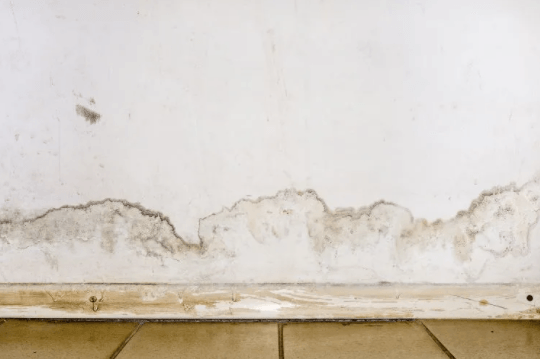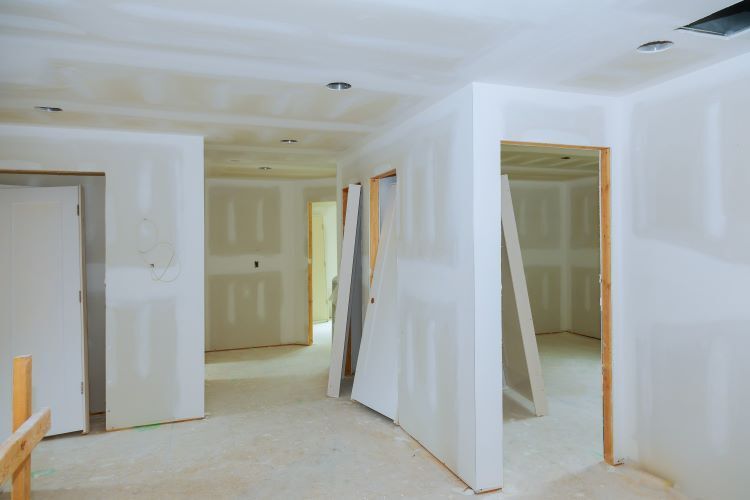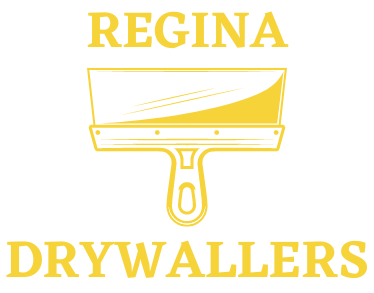Expert Solutions For Common Drywall Issues

Drywall is a popular choice for interior walls and ceilings, offering a smooth, clean finish that can be easily painted or textured. However, like any building material, drywall is not immune to problems. Over time, issues like cracks, dents, holes, and moisture damage can arise, impacting both the appearance and structural integrity of your walls. At Regina Drywallers, we specialize in providing expert solutions to common drywall issues, ensuring your walls look flawless and stay durable for years to come. Here’s a guide to some of the most frequent drywall problems and how to effectively address them.
1. Cracks in Drywall
Causes:
Cracks in drywall are often caused by the natural settling of a house, temperature fluctuations, or improper installation. These cracks can appear around doors, windows, or in the corners of rooms.
Solutions:
- Small Cracks: For minor hairline cracks, applying a layer of joint compound can often do the trick. Once it’s dry, sand it smooth and repaint.
- Larger Cracks: For larger cracks, reinforce the area with drywall tape before applying joint compound. This will provide added stability and prevent the crack from reappearing.
2. Nail Pops
Causes:
Nail pops occur when the drywall nails or screws loosen and push the drywall outwards, causing a noticeable bump. This is typically due to the natural expansion and contraction of the wood framing behind the drywall.
Solutions:
- Fixing Nail Pops: Remove the popped nail or screw, then drive a new drywall screw into the wall slightly above or below the original spot. Cover the screw head with joint compound, sand it smooth, and repaint.
3. Holes in Drywall
Causes:
Holes in drywall can result from accidental impacts, such as moving furniture or door handles hitting the wall. Small holes are common in high-traffic areas.
Solutions:
- Small Holes: Fill small holes (like those from nails or screws) with spackle or joint compound. Once it’s dry, sand the area smooth and touch up with paint.
- Medium to Large Holes: For larger holes, you’ll need a drywall patch. Cut a piece of drywall to fit the hole, secure it with joint compound, and smooth the edges with sanding. Finally, repaint the area for a seamless finish.
4. Water Damage
Causes:
Water damage can occur due to leaks from roofs, plumbing, or windows, leading to stains, bubbling, or even mold growth on drywall.
Solutions:
- Assess the Damage: Before repairing the drywall, identify and fix the source of the leak to prevent further damage.
- Repairing Water Damage: If the damage is minor, cut out the affected area and replace it with new drywall. For severe water damage, consider replacing the entire panel. Always use mold-resistant drywall in areas prone to moisture, such as basements and bathrooms.
5. Loose or Sagging Drywall
Causes:
Loose or sagging drywall can be caused by improper installation, insufficient support, or excessive moisture.
Solutions:
- Re-Securing Drywall: For small sections of loose drywall, use additional drywall screws to secure it to the framing. Be sure to add screws every 6-8 inches along the seams.
- Replacing Sagging Drywall: In cases where the drywall has been severely compromised, it may be necessary to remove and replace the affected area. This is particularly common in ceilings where the weight of the drywall can cause sagging over time.
6. Joint Tape Problems
Causes:
Joint tape can bubble, peel, or crack if it was not properly applied during installation, or if the wall has been subjected to moisture or movement.
Solutions:
- Reapply Joint Tape: Remove any damaged tape and reapply new joint tape with a thin layer of joint compound. Smooth out the tape and cover it with additional compound. Once dry, sand the area and repaint.
- Use Mesh Tape: For added durability, consider using mesh tape, which is more resistant to cracking and is easier to work with than paper tape.
7. Surface Imperfections
Causes:
Surface imperfections, such as uneven texture or visible seams, often result from poor installation or inadequate sanding between coats of joint compound.
Solutions:
- Sanding and Refinishing: Lightly sand the affected area to smooth out any imperfections. Apply a thin coat of joint compound if necessary, and sand again until the surface is smooth. Finally, apply a primer and paint to match the rest of the wall.
- Texture Matching: If your wall has a textured finish, use a texture spray or brush to blend the repaired area with the surrounding surface.
Conclusion
Drywall issues are common, but with the right approach, they can be effectively repaired to restore the beauty and function of your walls. At Regina Drywallers, we have the expertise and tools to handle all types of drywall problems, from small cracks to major water damage. Whether you need a quick repair or a complete drywall replacement, our team is here to help.
Contact us today to learn more about our services and how we can keep your walls in top condition.
You Might Also Enjoy:



Contact Us!
